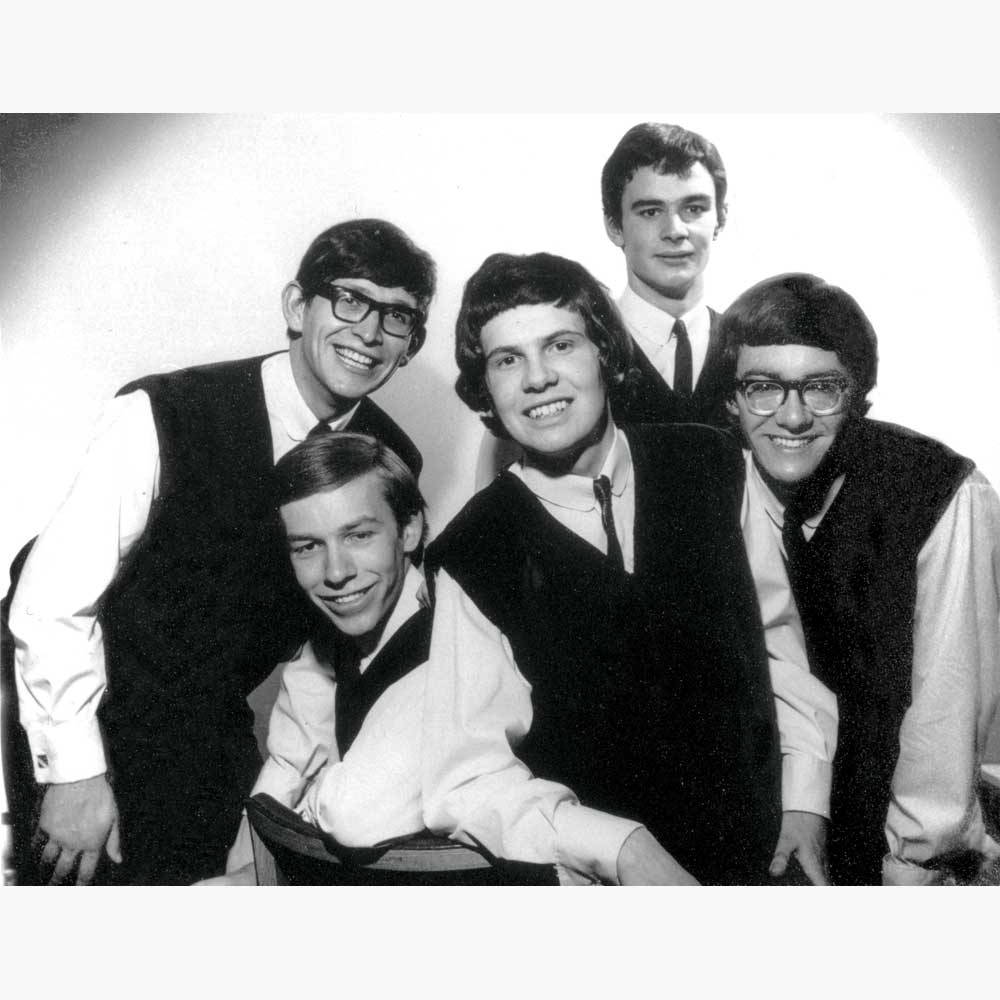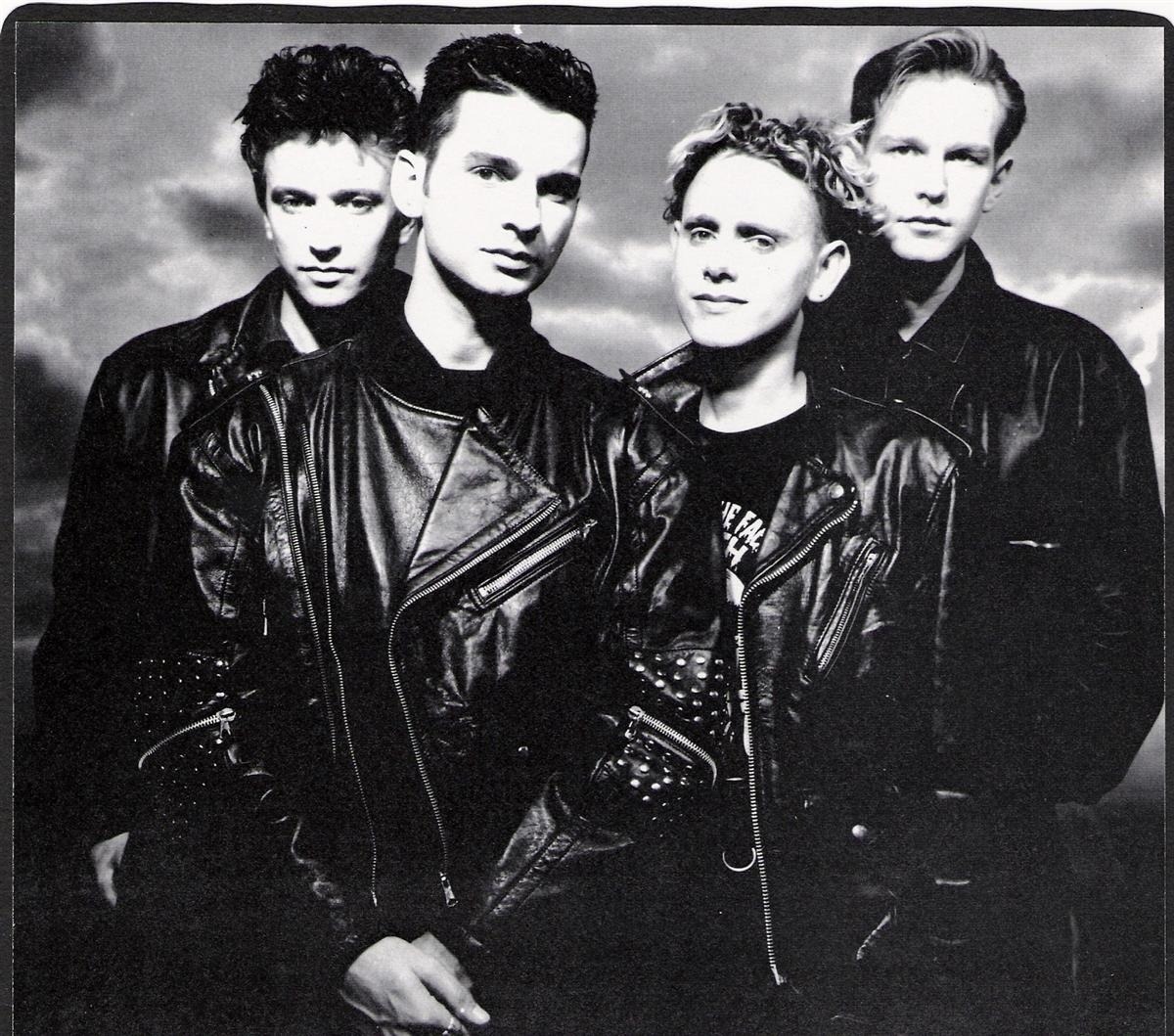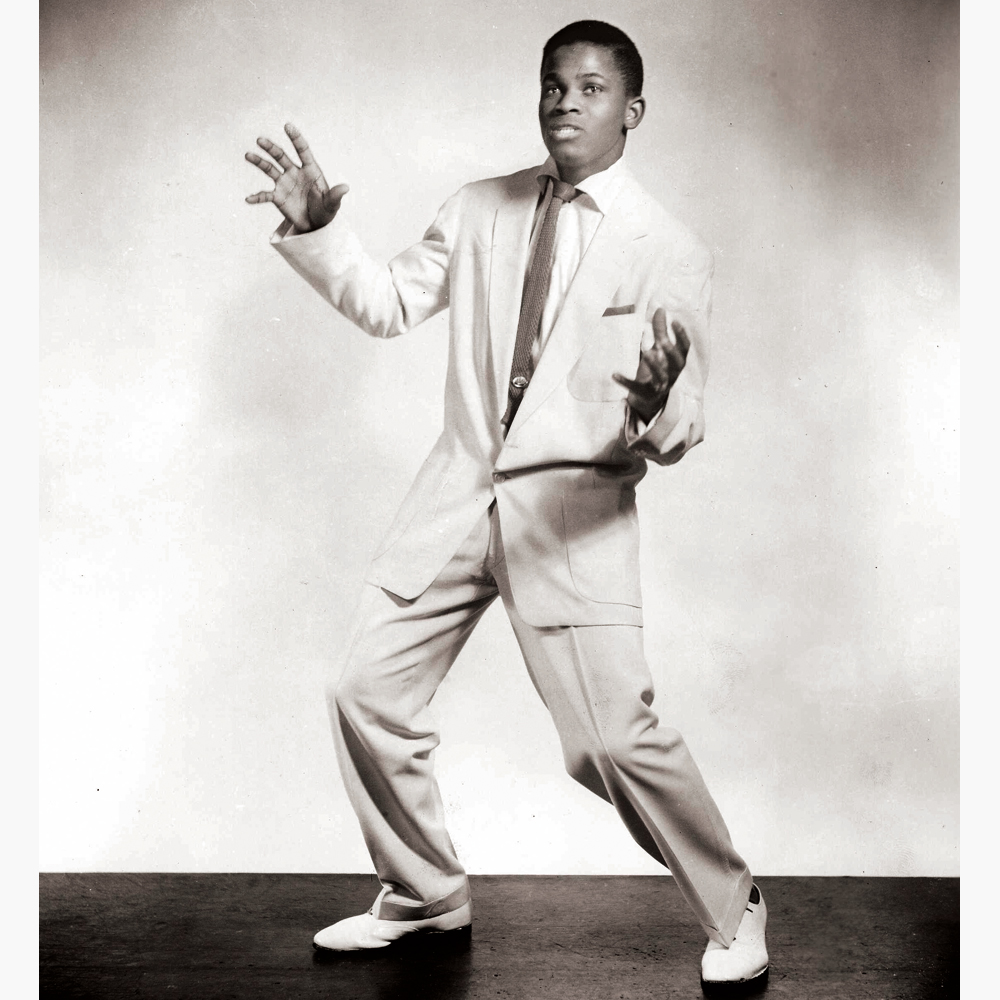 Back in 2003 I was privileged to work on Rolling
Stone’s list of the 500 Greatest Albums of All Time. As part of this project,
we sent each of the voters a short of cheat sheet listing what we thought were
the thousand or so likeliest LPs to show up on our list.
Back in 2003 I was privileged to work on Rolling
Stone’s list of the 500 Greatest Albums of All Time. As part of this project,
we sent each of the voters a short of cheat sheet listing what we thought were
the thousand or so likeliest LPs to show up on our list.
When the votes started coming in, there was one
album that drew consistent support from the voters but had been overlooked when
the august RS panel of experts (not including yours truly) compiled that list
of all the canonical albums: the Zombies’ Odessey & Oracle. By the time all
the ballots had been counted (by yours truly), Odessey & Oracle landed at Number
80 on our list, which makes it arguably the best under-the-radar album of all
time.
In fact, the Zombies had split up before the album, their second one, was even released. Clive Davis originally chose not to release the record in
America, but Al Kooper eventually persuaded him to release it on Date, a small
CBS subsidiary label. It turned out to be a bit of a hit, featuring the Top Five
single “Time of the Season.” But the Zombies were still kaput, and until a largely unnoticed reunion album in the 1990s, Odessey & Oracle was their swan song..
The Case For The Zombies were nominally a member of
the British Invasion, but their sound was jazzier than any of the other bands
in that group, featuring Rod Argent’s distinctive organ. Nobody else sounded like the Zombies. Their singles manage
to be both fresh and emblematic of their time – “Tell Her No,” “She’s Not There”
and “Time of the Season” have never really gone away, and no one has ever wanted
them to.
The Case Against The Zombies’ career was very short.
They released a debut album, called Begin Here in the U.K. and The Zombies in
the U.S., then Odessey & Oracle, and that was it. Rod Argent went on to
form his own band, called Argent, that had hits of its own, but I wouldn’t count
that in the Zombies’ favor.
The Cool Factor The Zombies’ first album featured covers
of songs by both Muddy Waters and the Gershwins. The band appeared in Otto
Preminger’s Hitchcockish 1965 thriller Bunny Lake Is Missing; they’re listed right there in the
opening credits: “Keir Dullea… Carol Lynley…. Noel Coward… the Zombies.” It’s
quite good, although to be honest, the Zombies don’t do a whole lot in it -
they’re just playing a song on TV in one scene. But it’s still worth seeing.
Otto Preminger’s movies usually are.
The Verdict The Zombies were literally my last cut
before I sent in my ballot. Their sound is so much their own, and their songs
still sound so good, that I felt like I wanted to reward them for that. Then I
checked their discography. I figured they must have had some substance to their
body of work outside the recognizable three singles, but those were the only
Top Forty action. Surprisingly enough, in the U.K., “Tell Her No” was their
only Top Forty hit. More in sorrow than in anger, I vote no for the Zombies.
But still, go see Bunny Lake Is Missing.










